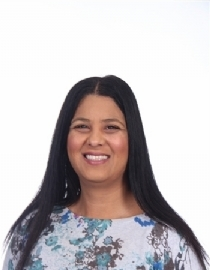Maths

Our Maths Curriculum
Our maths curriculum is based on White Rose Maths
Meet our Maths Lead

Mrs Bhamra
Maths Mastery Specialist & Year 5 Teacher

Documents to support parents
These are the dictionaries we use in school. Should you wish to purchase them for home they can be bought at most bookshops and online.



